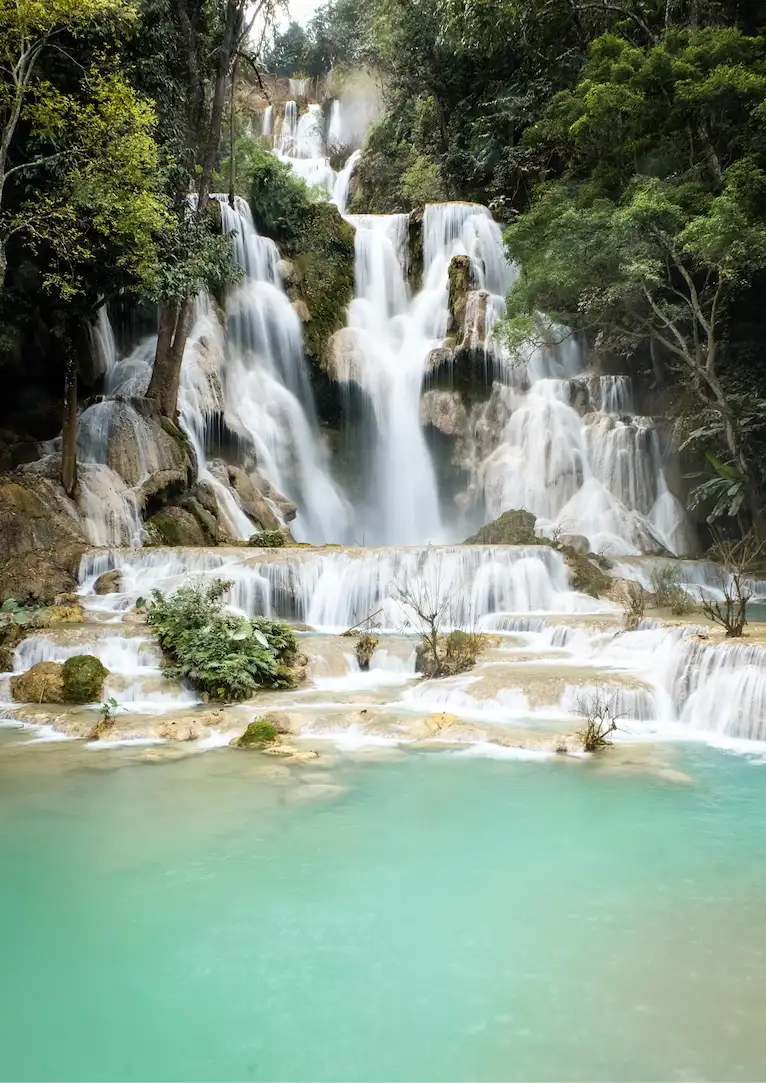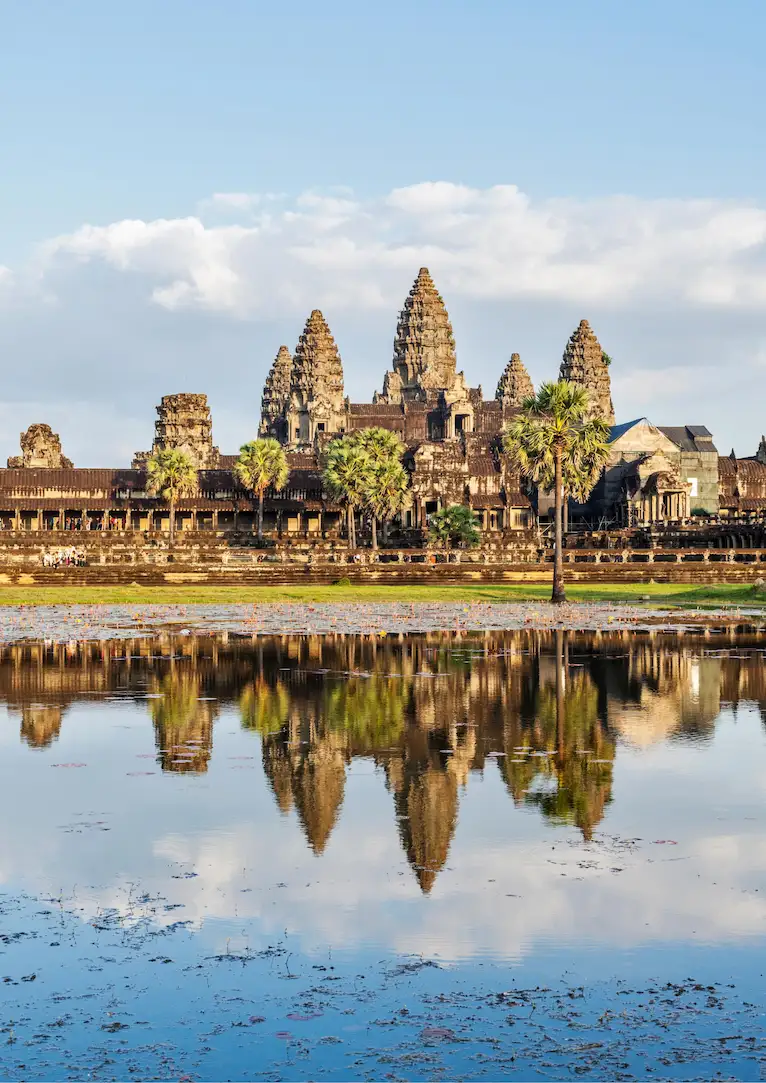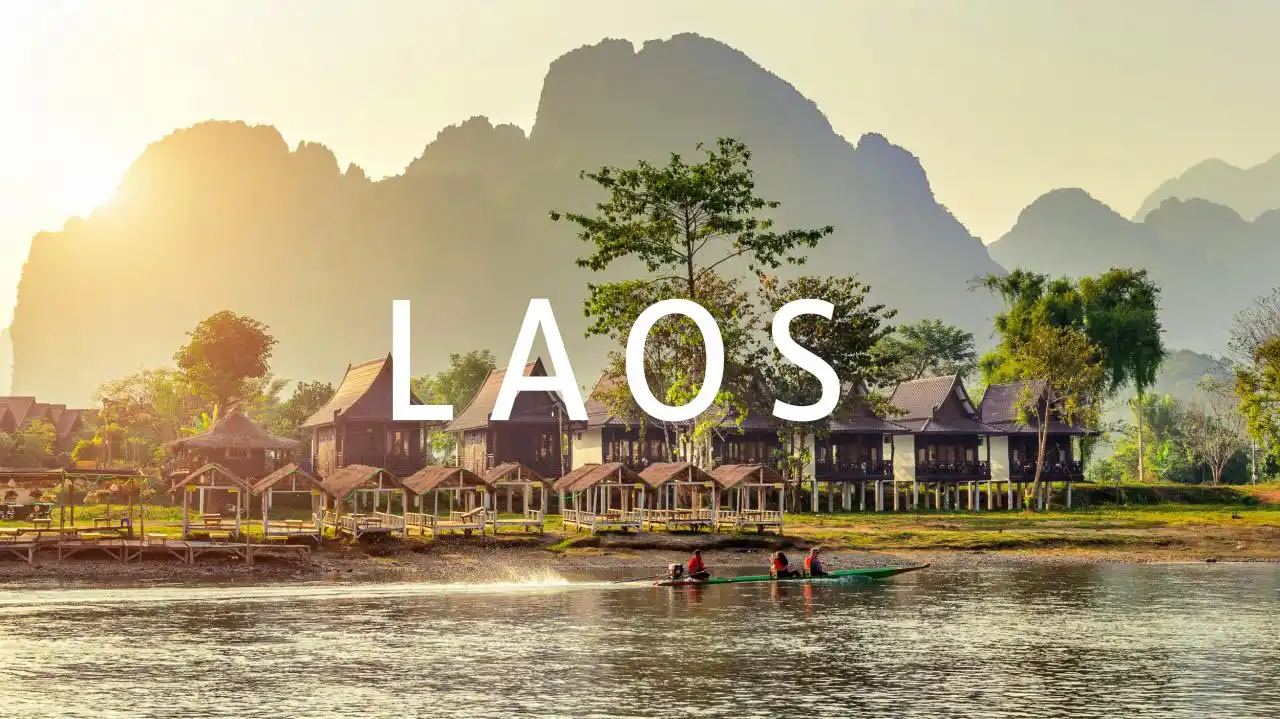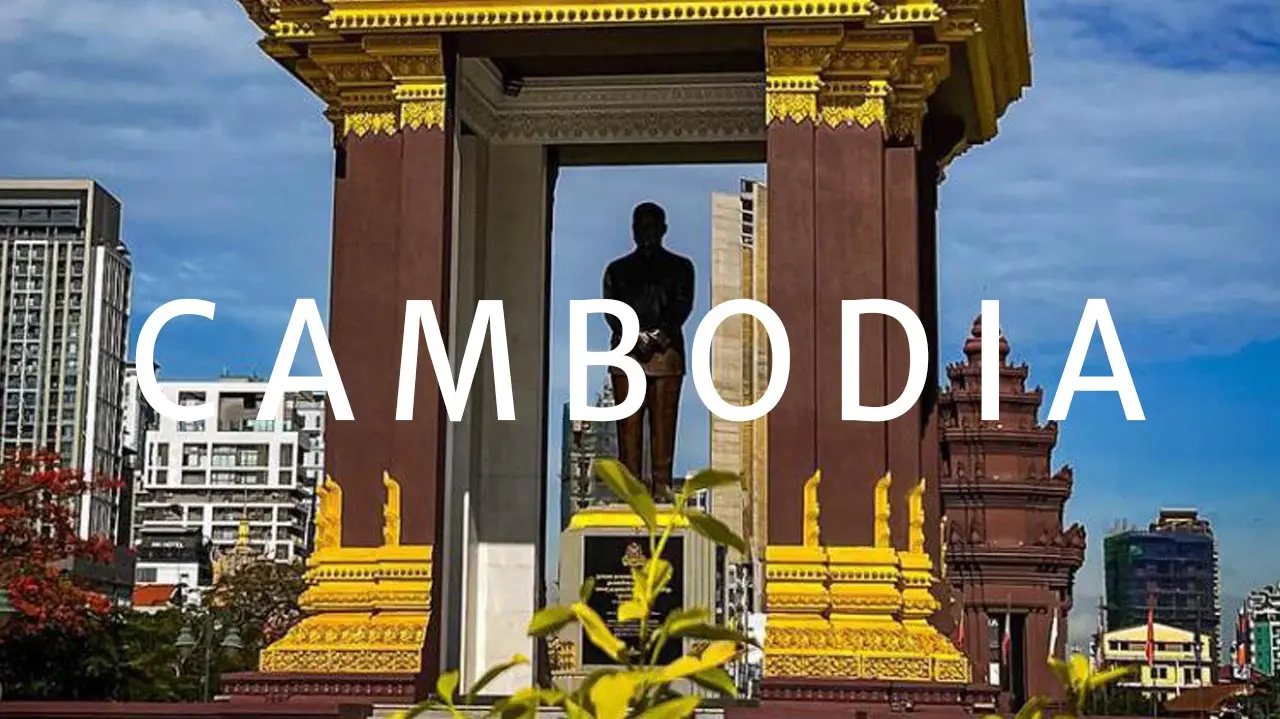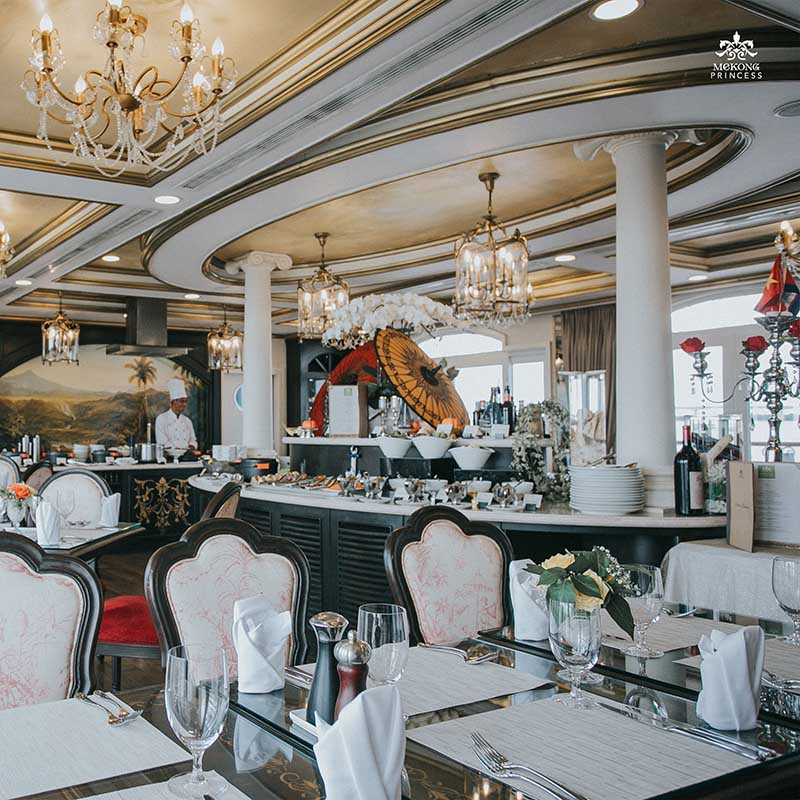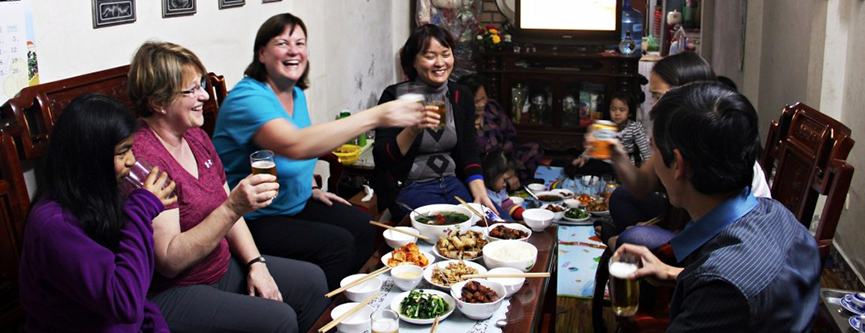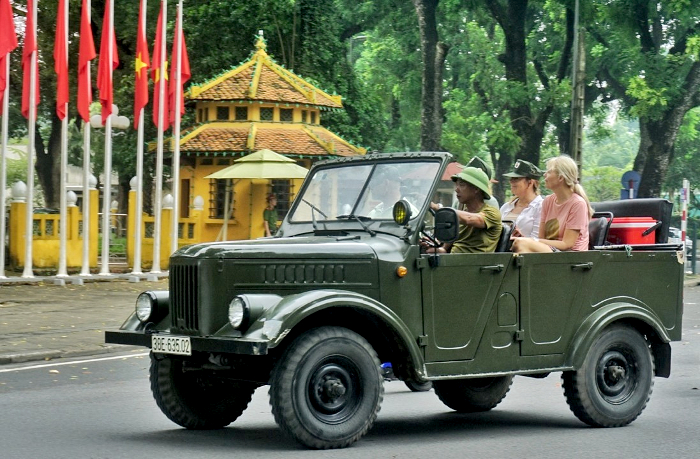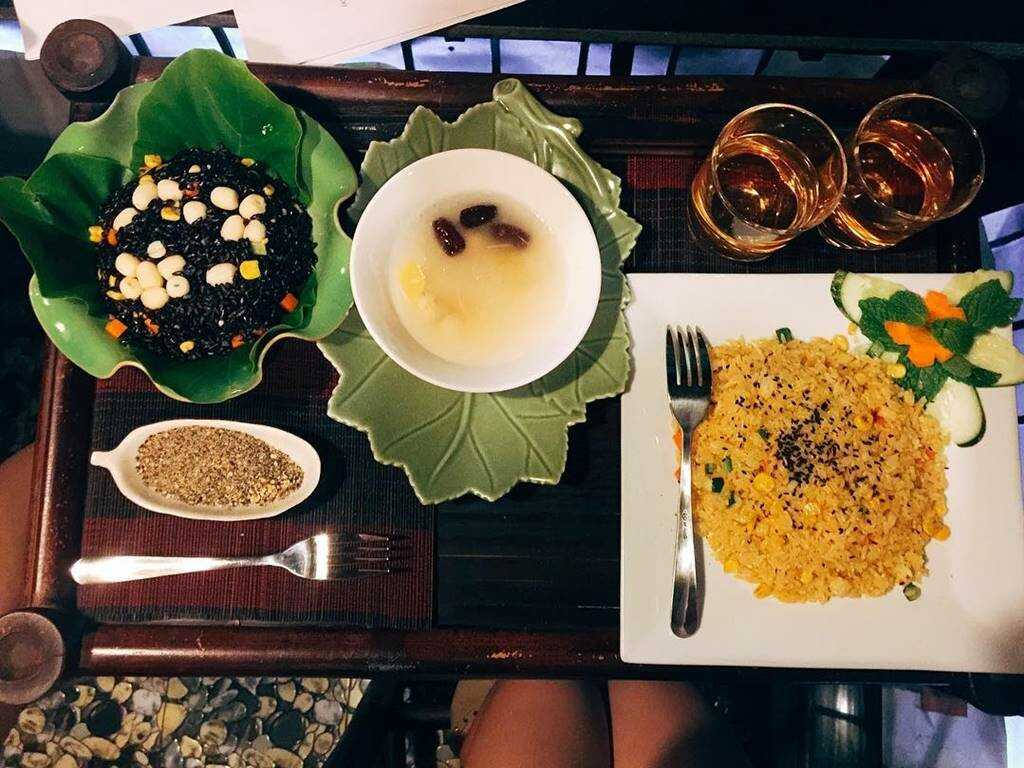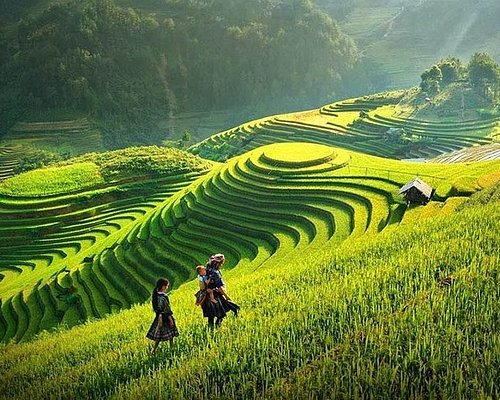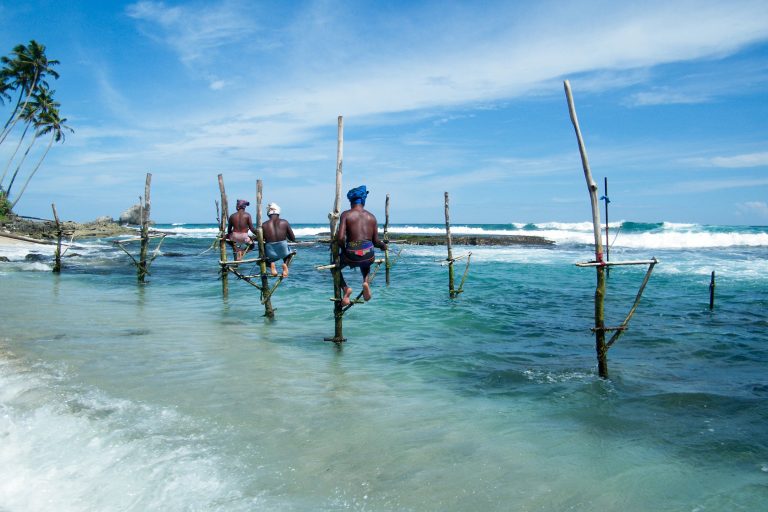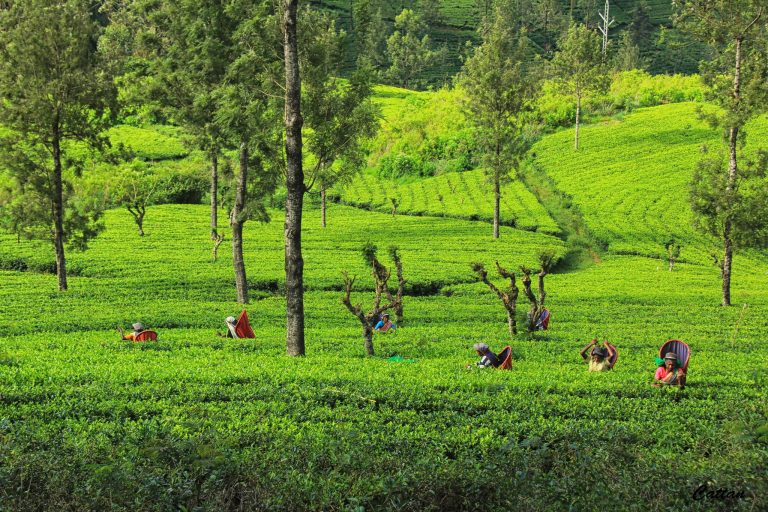Sapa emerges as an imperative destination for any traveler embarking on a journey to Vietnam’s northern region. Renowned for its unspoiled mountains, agreeable climate, distinctive attributes, and captivating local heritage, Sapa is a name that resonates with the essence of Vietnamese culture. Within the narrative of Sapa, the rice fields unfurl like an indispensable chapter, composing the tapestry of Vietnam’s scenic landscapes and cultural saga. Venture further to explore the intricate facets of this enchanting realm.
1.Where is Sapa?
Situated in the elevated northwest of Vietnam, the town of Sapa rests at an altitude of 1,600 meters above sea level. Nestled approximately 376 kilometers away from Hanoi and 38 kilometers from Lao Cai, Sapa’s origins are traced back to the H’Mong people, whose language forms the bedrock of its identity. A linguistic relic of the past, “Sa Pa” signifies “sand beach” in the native tongue, harkening to a bygone era when a sandy expanse lured diverse visitors coming to shop. Transitioning from its colonial moniker of “Chapa,” the term “Sapa” found permanence in Vietnam’s official documentation in 1945, encompassing both “Sa Pa” and “Sapa.”
2.Why should you visit Sapa Rice Field at least once?
Sapa rice fields present a captivating narrative etched onto its mountain slopes, a testament to the symbiotic relationship between local ethnic communities and the land. Ingeniously adapting to the landscape’s contours, the terraced rice fields cascade like a living masterpiece, ascending from the foothills to mountain zeniths. This harmonious cultivation thrives due to the region’s steep topography, nutrient-rich soil nurtured by worn ancient granite, and artful water stocking kept by rocky precipices.
The scene evolves with the changing seasons, reaching its zenith during the harvest period. The vibrant green of growing rice transforms into a rich mosaic of ripened grains, a spectacle that has earned Sapa’s terraced fields recognition on Travel and Leisure Magazine and the list of UNESCO World Heritage Sites.
3. What is the best time to visit Sapa Rice Field?
Sapa’s rice fields attain their pinnacle allure in the initial fortnight of September as it is the time of Sapa harvest season. A transformation transpires as the landscape dons a golden veneer, signaling the readiness of rice for harvest. This interval captures the essence of the terraced fields, with Hmong and Red Dzao families partaking in the collective endeavor of cultivation.
A shared effort among kinfolk, the labor is interspersed with camaraderie, song, and laughter. In contrast to their counterparts in the Red River Delta, Sapa’s inhabitants prolong their presence in the fields, allowing rice to dry in situ before collecting the precious yield. The dynamic evolution of rice from planting to harvest is a spectacle, and the months leading to the harvest showcase an emerald panorama of growth.
4. Where to see Sapa Rice Field?
4.1. Y Ty:
Venture 75 kilometers towards Sapa’s most picturesque vistas, where Y Ty resides near the Chinese border. Cloaked in clouds due to its elevation of nearly 2000 meters, Y Ty’s isolation has crafted a haven for photographers and intrepid explorers. The expansive terraced fields, punctuated by ethnic minority hamlets, present an awe-inspiring tableau.
4.2. Ta Van
Adjacent to Sapa, the village of Ta Van graces the landscape with its proximity to the rice fields. Thus, it is a popular attraction perfect for those who love exploring by motorbike.
4.3 Ta Phin
Nestled within the Muong Hoa Valley, Ta Phin is embraced by the embrace of paddy fields. Its location, approximately 15 kilometers from Sapa’s heart, facilitates hiking expeditions and homestay experiences, making it an alluring stop.
4.4 Nam Cang
Less frequented by tourists, Nam Cang presents a haven of untamed beauty. With terraced fields framed by mountains and verdant forests, this locale unveils a more intimate perspective on the region’s allure.
5. How to see Sapa Rice Fields?
Traversing Sapa rice fields is best accomplished through trekking, a journey that unveils the fields’s true beauty alongside encounters with indigenous hill tribes. Diverse Sapa trekking tours cater to different preferences and fitness levels, from short jaunts to extended sojourns. For those preferring vehicular exploration, scenic routes for driving or motorcycle journeys are available.
Motorcycling aficionados can embark on the revered Sapa Loop, a challenging circuit that beckons the experienced. Alternatively, mountain biking guided by experts ensures a secure way to relish the rice terraces’ splendor. For a panoramic spectacle, the Fansipan cable car treats visitors to a breathtaking aerial perspective of Sapa rice fields, etching indelible memories.




